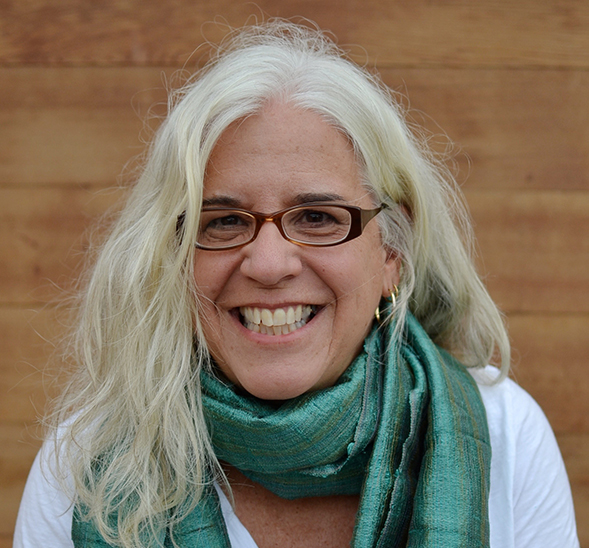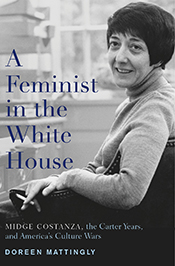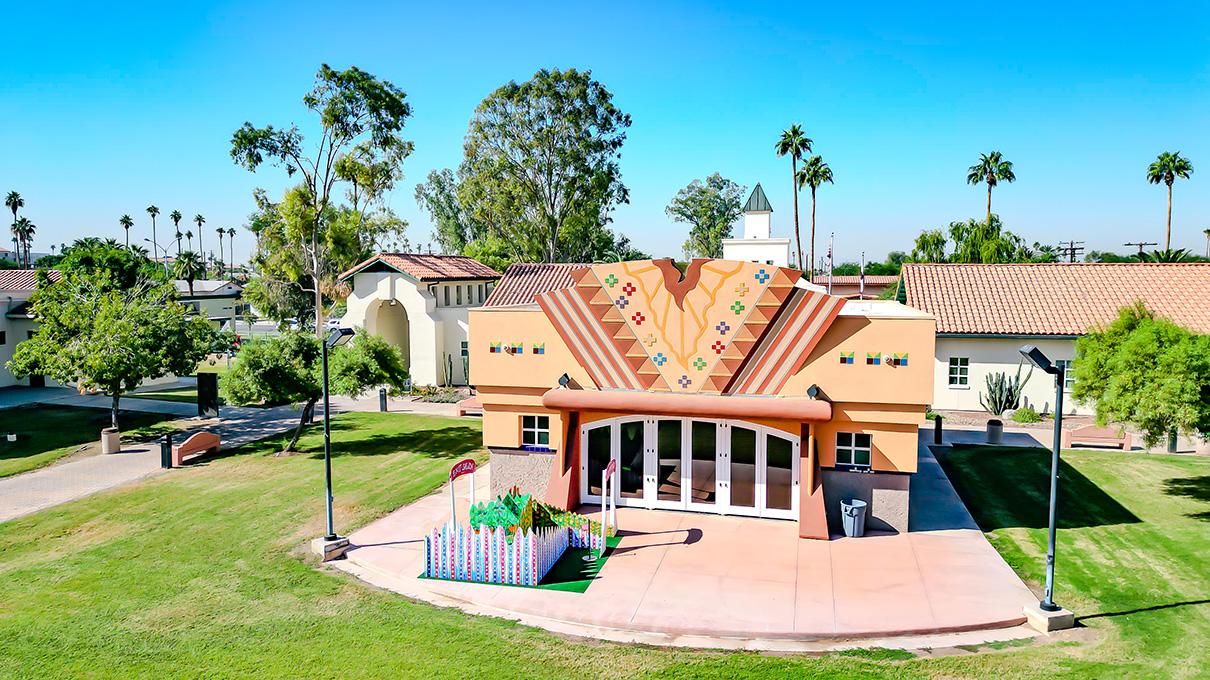Aztec Authors: A Feminist in the White House
Women's studies professor Doreen Mattingly tells the story of womens rights activist and long-time San Diego resident Midge Costanza.

Author: Doreen Mattingly, professor in the Department of Women's Studies
Book Title: “A Feminist in the White House: Midge Costanza, the Carter Years, and America’s Culture Wars”
1. Give us a brief overview of your book.
It is a political biography of a woman named Margaret “Midge” Costanza, who was the first female to have the job of assistant to the president of the United States. She was famous in the 1970s for advocating for women’s rights, LGBT rights, and programs for the poor—even when she disagreed with President Jimmy Carter. When she was pushed out of the position after only 20 months, it was front page news, and the end of her Washington, D.C. career. The book interrogates her integrity, asking what led a working class, immigrant woman to prioritize her political values over her career. It also examines the role of sexism and classism in her experience, and how the inner workings of the Carter administration influenced the struggles for women’s rights.

2. What inspired you to write about this topic?
Costanza was actually a friend of mine. We taught together in 2004, and I was helping her with her memoirs when she died in 2010. In our last conversation before she died, I promised to write her story. The first line in the preface says, "This book began with a deathbed promise.”
3. How does this book connect with past research you’ve conducted?
To be honest, it was a significant departure from my earlier research, and I had to educate myself about a whole new discipline. In some ways, my ignorance about political history and the traditions of biography probably made the book a refreshing read, but it was an awful lot of work. It did, however, get me hooked on feminist political history. I’m now working on a book about women’s policy activism in California in the 1970s.
4. What did you learn from writing this book?
I learned about the importance of actually being involved in electoral politics, not just reading and writing about it. This year, I actually became an elected delegate to the California Democratic Party; entering that race is something I never would have considered before writing the book.
5. Why should people read this book?
Costanza was an extraordinary person, who was at the epicenter of a lot of the political transitions that have shaped politics ever since. I’ve done my best to make it a readable book, which hopefully helps, but the real draw is her story.
6. How is the book relevant to SDSU?
Costanza moved to San Diego in 1992, and for the next 18 years she was so influential in the local community. She trained a generation of politicians in public speaking, helped women get elected to office, was on the boards of numerous organizations, helped bring major speakers to town, and worked for local leaders like Lynn Schenk and Bonnie Dumanis. While the book is not primarily about her work in San Diego, you do not have to look far in this city to find someone who knew and loved her. Her greatest passion was inspiring young people to get involved in politics. When we taught together, it was election season. She brought a stream of candidates to class, and took students with her to every political event in Southern California. I think of myself as a dedicated teacher, but my commitment to students paled next to hers. She was a person who truly cared about SDSU students.


